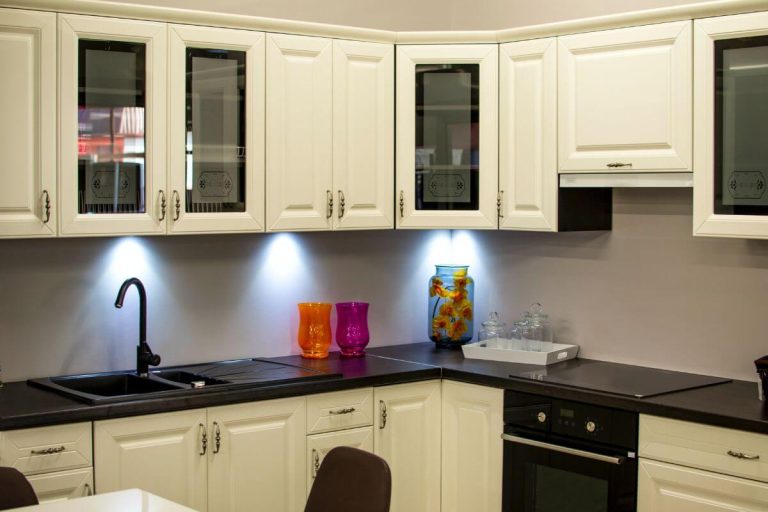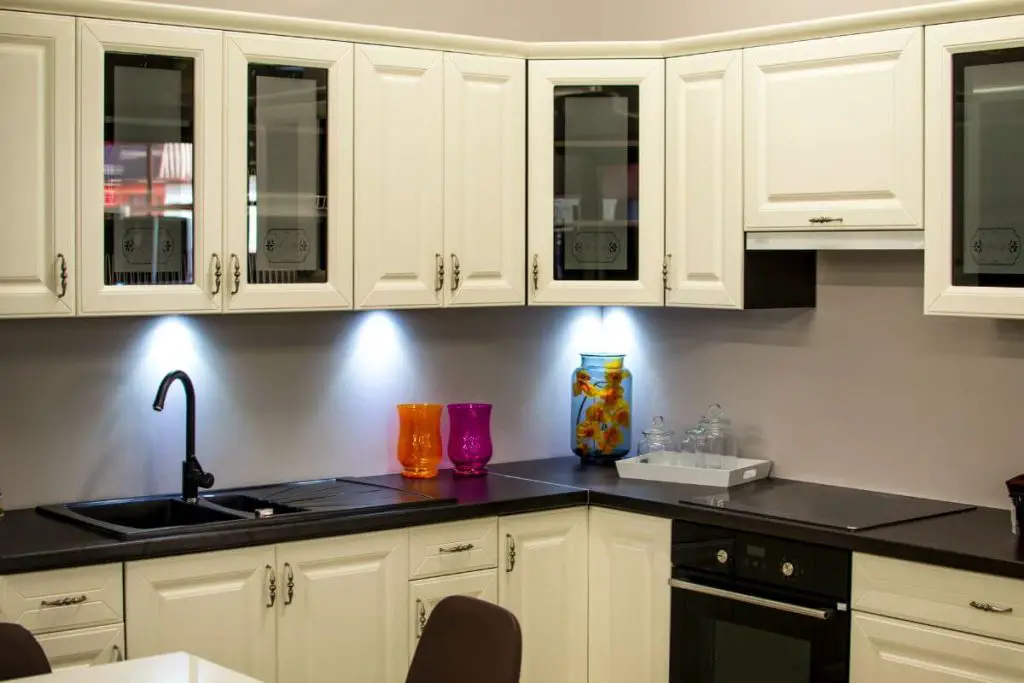Understanding the Difference

Cabinet depth is a crucial factor in kitchen design, significantly impacting storage capacity, accessibility, and overall kitchen flow. Choosing between 36-inch and 42-inch cabinets requires careful consideration of your needs and kitchen layout.
Comparison of 36-inch and 42-inch Cabinets
The depth of kitchen cabinets plays a significant role in maximizing storage space and creating a functional kitchen. 36-inch and 42-inch cabinets offer distinct advantages and disadvantages, making it essential to understand their differences before making a decision.
Storage Capacity
- 36-inch cabinets: These cabinets provide ample storage for most kitchens. They offer a balance between depth and accessibility, making it easy to reach items stored in the back.
- 42-inch cabinets: These cabinets offer significantly more storage space, especially for larger kitchens. They allow for deeper shelves and drawers, accommodating bulky items like pots, pans, and appliances.
Accessibility
- 36-inch cabinets: The shallower depth of 36-inch cabinets makes it easier to access items stored at the back, especially for individuals with limited reach.
- 42-inch cabinets: Reaching items in the back of 42-inch cabinets can be challenging, especially for smaller individuals. This can be mitigated by using pull-out shelves or drawer systems.
Kitchen Flow
- 36-inch cabinets: These cabinets allow for a more open and spacious feel in the kitchen, especially in smaller spaces. They can create a more comfortable flow of movement.
- 42-inch cabinets: Deeper cabinets can make the kitchen feel more enclosed, especially in smaller kitchens. They can also make it challenging to move around comfortably.
Real-World Examples
- Smaller kitchens: A compact kitchen can benefit from a mix of 36-inch base cabinets for easy access and 42-inch upper cabinets to maximize vertical storage.
- Larger kitchens: A spacious kitchen can utilize both 36-inch and 42-inch cabinets, with deeper cabinets allocated for areas like pantries or appliance garages.
Factors to Consider When Choosing Cabinet Depth

Cabinet depth is a crucial factor to consider when planning your kitchen remodel, as it impacts various aspects of the space, from countertop overhang to appliance placement. The ideal cabinet depth depends on the size of your kitchen, your desired aesthetic, and your personal preferences.
Impact of Cabinet Depth on Countertop Overhang and Appliance Placement
The depth of your cabinets directly influences the amount of countertop overhang you have, which is the space extending beyond the cabinet front. This overhang is crucial for comfortable workspace and can accommodate various kitchen tasks, such as food preparation, dish washing, and dining. Deeper cabinets provide more countertop overhang, which can be beneficial for larger kitchens. However, in smaller kitchens, deeper cabinets might create a cramped feeling and make the space feel smaller.
For appliance placement, cabinet depth plays a significant role in ensuring a seamless and functional layout. For example, if you have a refrigerator with a standard depth of 30 inches, you might want to consider a cabinet depth that accommodates this appliance without creating a protruding overhang. Conversely, shallower cabinets might create a gap between the refrigerator and the adjacent cabinet, potentially compromising the overall aesthetic and functionality of the kitchen.
Practical Applications and Design Considerations: 36 Vs 42 Kitchen Cabinets

Choosing between 36-inch and 42-inch kitchen cabinets goes beyond aesthetics; it impacts functionality and storage potential. This section delves into practical applications and design considerations for maximizing storage and creating a visually appealing kitchen.
Maximizing Storage Space
The depth of cabinets significantly influences storage capacity. Here’s how to optimize space with both 36-inch and 42-inch cabinets:
– 36-inch Cabinets: Utilize pull-out shelves, drawers, and vertical dividers to maximize storage in these shallower cabinets. Consider using a combination of shelves and drawers to accommodate different items. For example, store frequently used items in drawers for easy access, while less frequently used items can be placed on shelves.
– 42-inch Cabinets: Utilize the extra depth by incorporating tiered shelves, deep drawers, and pull-out pantries. The extra depth allows for storing larger items, such as pots and pans, while still maintaining accessibility.
Cabinet Configurations for Functionality and Aesthetics
Creating a functional and visually appealing kitchen involves carefully planning cabinet configurations. Consider these points:
– Base Cabinets: Base cabinets are essential for storing large appliances, cookware, and other kitchen essentials. Use a combination of drawers and doors to optimize storage. For example, utilize drawers for frequently used items like utensils and cooking tools, while storing larger items behind doors.
– Upper Cabinets: Upper cabinets provide valuable storage space for dishes, glassware, and infrequently used items. Consider using glass-front cabinets to showcase decorative items or create a more open feel. Utilize deep upper cabinets for storing items that are not frequently accessed, while shallower cabinets can be used for items that are more frequently used.
– Wall Cabinets: Wall cabinets offer additional storage space and can be used to display decorative items or create a focal point in the kitchen. They can also be used to store items that are not frequently used, such as seasonal dishes or extra linens.
Cabinet Size Applications, 36 vs 42 kitchen cabinets
Here’s a table outlining common cabinet sizes and their respective applications in a kitchen:
| Cabinet Size | Application |
|---|---|
| 12 inches | Narrow cabinets for spices, small appliances, or decorative items. |
| 18 inches | Common size for base cabinets, ideal for storing pots, pans, and baking sheets. |
| 24 inches | Standard size for base cabinets, suitable for storing larger appliances, cookware, and food storage. |
| 30 inches | Common size for upper cabinets, ideal for storing dishes, glassware, and infrequently used items. |
| 36 inches | Standard size for upper cabinets, providing ample storage space for dishes, glassware, and other kitchen items. |
| 42 inches | Larger size for upper cabinets, suitable for storing bulk items, extra linens, or seasonal dishes. |
36 vs 42 kitchen cabinets – The decision between 36″ and 42″ kitchen cabinets often comes down to available space and desired storage capacity. Similar considerations apply when planning a mudroom, where a well-designed storage solution can make a big difference in organization. For example, mudroom cabinets with doors and bench offer a combination of storage and seating, making them ideal for entryways.
Ultimately, whether you’re choosing cabinets for your kitchen or mudroom, it’s important to assess your specific needs and choose the dimensions that best suit your space and lifestyle.
The choice between 36-inch and 42-inch kitchen cabinets often comes down to personal preference and available space. To make the best decision, it’s helpful to consider the latest trends in kitchen design, like those highlighted in top kitchen cabinets 2019.
For instance, open shelving and integrated appliances are popular features that can influence your cabinet size choices. Ultimately, the right size for your kitchen depends on your specific needs and desired aesthetic.
